The business of selling tea in the United States failed, and Starbucks bet 8.8 billion on the Chinese market.
Starbucks has made headlines for spending a lot of money-8.8 billion yuan to control all stores in China, and then wholly owns 1500 Starbucks stores in East China, completing the largest acquisition in history. Although this news is a little sudden, it is reasonable. After the U.S. market enters a bottleneck period, the Chinese market is of great strategic significance to Starbucks. After taking back the independent management right of stores in such a strong Chinese market, all profits will go into Starbucks 'own pockets, and Starbucks will have 100% decision-making power over the business structure and store expansion of Chinese companies. You can push forward your plan to have more than 5000 stores in China by 2021 at your own pace.
More interestingly, McDonald's sold its direct-sale stores in China to Citic Capital and Carlyle while Starbucks was busy taking back its operating rights, transforming it from a direct-sale model to a franchise model; KFC's parent company, Yum, also split Yum China last year to introduce investors such as Ant Financial Services. At a time when Starbucks has invested generously and expanded boldly, the two fast-food giants are reducing costs and seeking stability conservatively, reflecting the differences in status and stage of development of the three food and beverage giants.
In addition to selling coffee, Starbucks has been trying hard to expand its non-coffee business over the years. Tea drinks, juices, bakeries, etc. have all tried, but they have not been as successful as coffee.
On July 27, Starbucks Coffee Company released its third-quarter financial report for fiscal year 2017, with mixed feelings of sadness and joy.
Financial results show that China's performance is good, in the Asia-Pacific region in the third quarter same-store growth rate of only 1%, the Chinese market reached 7%.
"Starbucks 'business in China is fully managed in order to increase Starbucks stores in China from 2800 to 5000 by 2021." Starbucks CEO Kevin Johnson said. Starbucks has stores in more than 120 cities in China.
Starbucks 'overall revenue, however, was not optimistic, with third-quarter net income down 8.3% year-on-year from $754 million in the third quarter of last year to $691 million this year. At the same time, 379 Teavana tea shops will be closed in 2018.
Starbucks has struggled over the years to expand its non-coffee business, spending heavily on established brands, including tea drinks, juices and bakeries, but has failed to replicate its dominance in the coffee market, albeit at a high cost.
Let's review Starbucks 'less successful "diversification" attempts.
$620 million acquisition of Teavana
Teavana is a tea retailer founded in 1997, selling more than 100 kinds of tea purchased globally, white tea, black tea, green tea, oolong tea and mixed tea. Teavana was listed on the NYSE in 2011 and acquired by Starbucks in 2012 for $620 million. Teavana was Starbucks 'largest acquisition in history before the joint venture's stake in Jiangsu, Zhejiang and Shanghai.
Starbucks CEO Howard Schultz once said that the tea beverage market has a huge market and a once-in-a-lifetime opportunity, and every $1 investment in Teavana will have a return of $3. Most of Teavana's canned tea retail stores are located in department stores in the United States, and Starbucks opened five storefront Teavana Tea Bars after the acquisition.
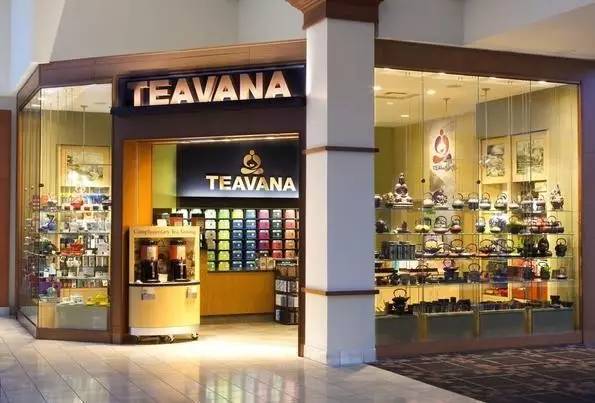
Starbucks clearly miscalculated Teavana's profitability, and the reason for closing Teavana stores this time was long-term poor performance and no chance of improvement. Teavana's lack of profitability has long been a precursor. Only one of the five Teavana Tea Bars on the street at the beginning of 2016 will remain, while the remaining four stores will be closed and three will be converted to Starbucks coffee.
Some analysts say Teavana failed because, on the one hand, traffic to U.S. department stores has declined in recent years, and, on the other hand, the U.S. market has not really accepted the category of tea drinks. According to the financial results for the third quarter of fiscal 2017, the total revenue of Teavana, Seattle's Best Coffee and Starbucks Reserve and Roastery decreased by 9% year-on-year.
In 2011, Starbucks acquired Evolution Fresh, a California-based canned fresh fruit and vegetable juice brand, for $300 million in an effort to increase its strength in healthy foods. The brand uses high pressure sterilization, canned juice shelf life of 40 days, target customers are relatively high-end.
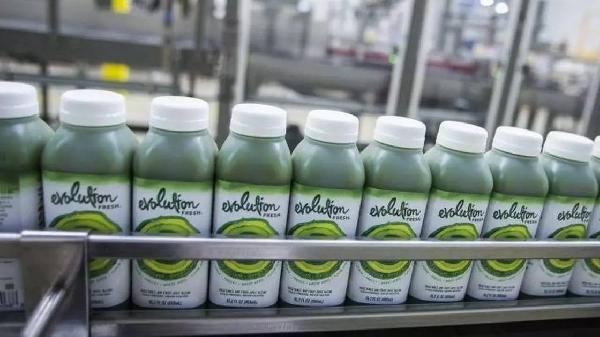
Starbucks was interested in Evolution Fresh's quality, nutritional value and market growth potential. However, some analysts believe that Starbucks acquired Evolution Fresh too early to catch up with the boom in the juice market.
Starting in 2015, Starbucks announced the closure of several Evolution Fresh stores, and in February of this year, it decided to close the last two Evolution Fresh stores.
Starbucks bought San Francisco-based bakery chain La Boulange for $100 million in 2012. At that time, Starbucks not only sold La Boulange bread, biscuits and other products in its own coffee stores, but also hoped to develop La Boulange into a nationwide chain of bakeries, with the ambition to increase the number of stores from 23 to 400 within five years.
In 2015, just three years after the acquisition, Starbucks announced that it would close all of La Boulange's stores, arguing that the brand could not support the company's long-term growth.
However, Starbucks also gained experience in making and selling bread and baked goods from the acquisition, and La Boulange products are still sold in Starbucks stores.
Starbucks chief financial officer Scot Maw said,"Starbucks needs to be more cautious entering the fourth quarter due to weakness in the US retail and restaurant sectors." By contrast, the the mainland of China market will be Starbucks 'fastest growing and largest market. "Starbucks 'growth opportunities in China are unparalleled, and we're just getting started in that market," said Kevin Johnson, Starbucks' current CEO, according to Reuters.
In December last year, Starbucks partnered with Weixin Pay to cater to Chinese consumers 'online payment habits; offline, Starbucks is expected to open its first original roast coffee experience outside the United States in Shanghai by the end of 2017.
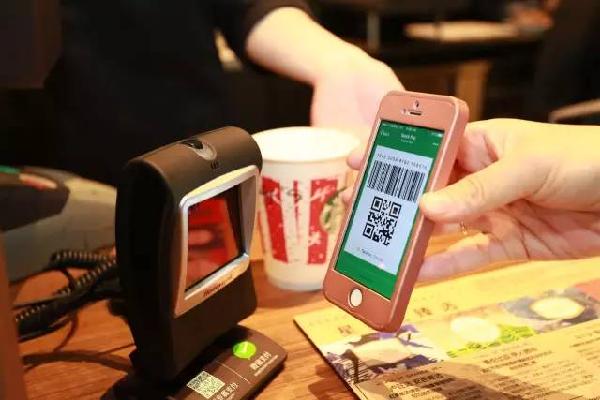
Although Starbucks is full of confidence in the Chinese market, it also faces greater challenges. In the past two years, Chinese-style tea shops represented by taste tea and wedding tea have developed rapidly with the help of capital. In this field, Starbucks 'past experience has proved that it is difficult for Starbucks to recreate a "Starbucks" in the tea market.
Important Notice :
前街咖啡 FrontStreet Coffee has moved to new addredd:
FrontStreet Coffee Address: 315,Donghua East Road,GuangZhou
Tel:020 38364473
- Prev
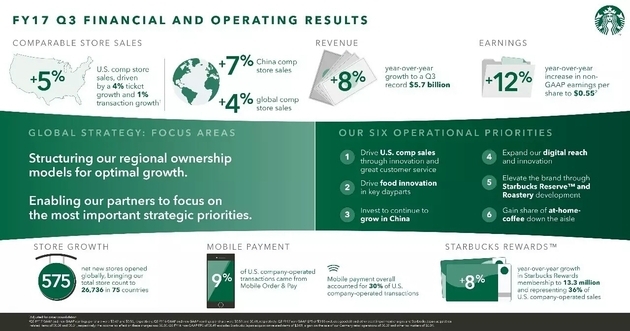
After Sears, Starbucks tea shop also closed! Close all its Teavana tea stores
Following Kaiping (Wechat official account vdailycom) found that Beautiful Cafe opened a small shop of its own, with 2800 stores all operating itself to 5000 in 2021. This is another growth story about the Chinese market. Starbucks spent 1.3 billion US dollars to take over the operation rights of all Starbucks stores in mainland China, which means that all Starbucks stores in mainland China will be owned by Starbucks.
- Next
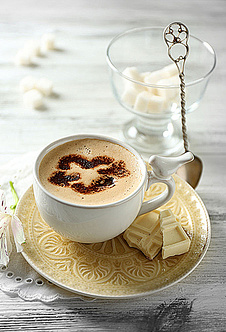
Effect of Climate on Coffee Price and Flavor
We all believe that climate change affects the world, but few of us believe that climate change will affect us. We all believe that climate change affects the world, but few of us think that climate change will affect us. But when warm winters and severe storms hit, the effects of climate change will be understood. What will global warming bring to coffee? Climate warming will make bacteria and diseases
Related
- Detailed explanation of the proportion of gold gouache in hand-brewed coffee? What are the Gold Cup Guidelines?
- What is the difference between the gold label rose summer and the red label rose summer in Guixia Village? Are Rose Summer 1931 and Gori Rose Summer?
- Cudi stores ban other brands of coffee?! Netizen: No problem
- Is it better to make coffee cold or hot? Why is it recommended to drink hot coffee?
- Lucky people collapsed! The store ceiling is full of AI surveillance cameras?!
- Law Enforcement Bureau? Mixue Ice City enters Zhengzhou BRT platform!
- Heavy! Nestlé has been exposed to consider selling blue bottle coffee!
- Compensation of 270 million yuan! Starbucks has been charged with violating labor laws more than 500,000 times!
- What are Xizhao coffee beans? Why did they become champion beans? How to rush to the manor on the dividing line in Colombia?
- What does channel effect mean in coffee? Why are there holes in the coffee powder cake?

